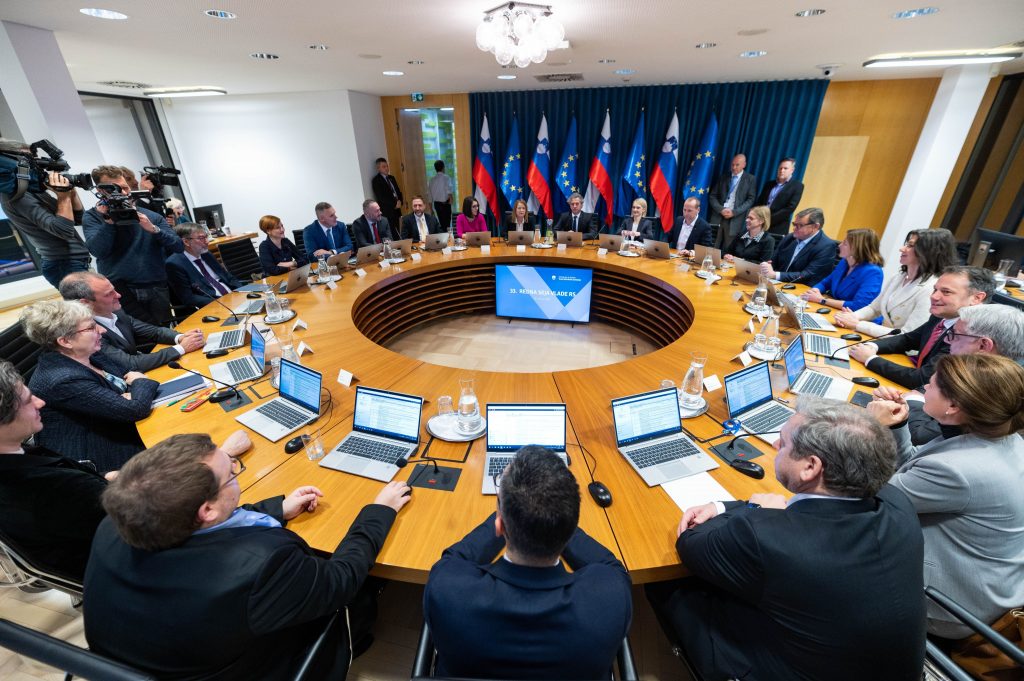By: Spletni časopis
A rather catastrophic picture for Svoboda and the government coalition was presented yesterday by the Mediana survey for POP TV, halfway through their term.
52 percent of those surveyed do not support the government’s work, and the opposition SDS would celebrate a better result in the elections than Svoboda did almost two years ago, while Svoboda would remain far behind the result achieved by SDS in the elections, even though SAB and LMŠ have merged into Svoboda since the last elections. Prime Minister Robert Golob (Svoboda) is quite at the bottom of the political rankings. Just ahead of him is former Prime Minister and failed candidate for European Commissioner Alenka Bratušek (Svoboda), while at the very bottom are Luka Mesec (Levica) and Jelka Godec (SDS).
The president of the SDS, Janez Janša, whose party is significantly ahead of all others, is in eleventh place on the list. Compared to the last elections, the SD of Matjaž Han, currently in third place ahead of NSi of Matej Tonin, and the Levica of Asta Vrečko, which barely entered parliament under the leadership of Luka Mesec, would slightly strengthen their positions among parliamentary parties. The NSi, which, like Svoboda, is losing ground, has not played its opposition role particularly well so far. At least judging by the results of public opinion, which should not be trusted too much. However, they do show some trends.
Voices of dissatisfaction with the government have shifted from Svoboda to SDS and partly to smaller parties, including those not represented in parliament. According to this measurement, Vesna would break into parliament, likely still echoing the European elections, where Vladimir Prebilič was successful and significantly favoured by larger media influenced by the government. Just below the threshold are the Pirates and SLS. A comparison with Mediana’s measurement for POP TV from a year ago shows a similar picture as a comparison with the elections, except that among all the parties in parliament, only the SDS is gaining, while the Levica has lost the most alongside Svoboda over the past year.
A similar turnaround compared to the elections and events from a year ago is also shown in the graphics for the parties in parliament with results from all recent measurements, according to which Svoboda is approaching the dangerous zone around 20 percent again, but this time the share of the SD is not increasing as significantly, which occurred last year until the judicial building scandal when support for the SD plummeted, and eventually the entire leadership of the party was replaced.
Svoboda has long ceased to be the most popular party, and most people, according to the POP TV measurement, also do not support the work of the government led by this party.
In the graphics and articles in the Spletni Časopis, the shares of support for parties are calculated by considering only voters defined for the parties. This allows for comparison with elections and among surveys. Among those defined for parties, I also include the choice of “other” parties, which are typically those that were not offered to respondents, but they recall themselves. The original support shares for the parties from various surveys, as published by the media, which are the basis for the calculations, are presented in the table.
I present all the data that formed the basis for recalculation because it facilitates understanding the differences between measurements and also allows checking for possible errors in data transfer and processing.

